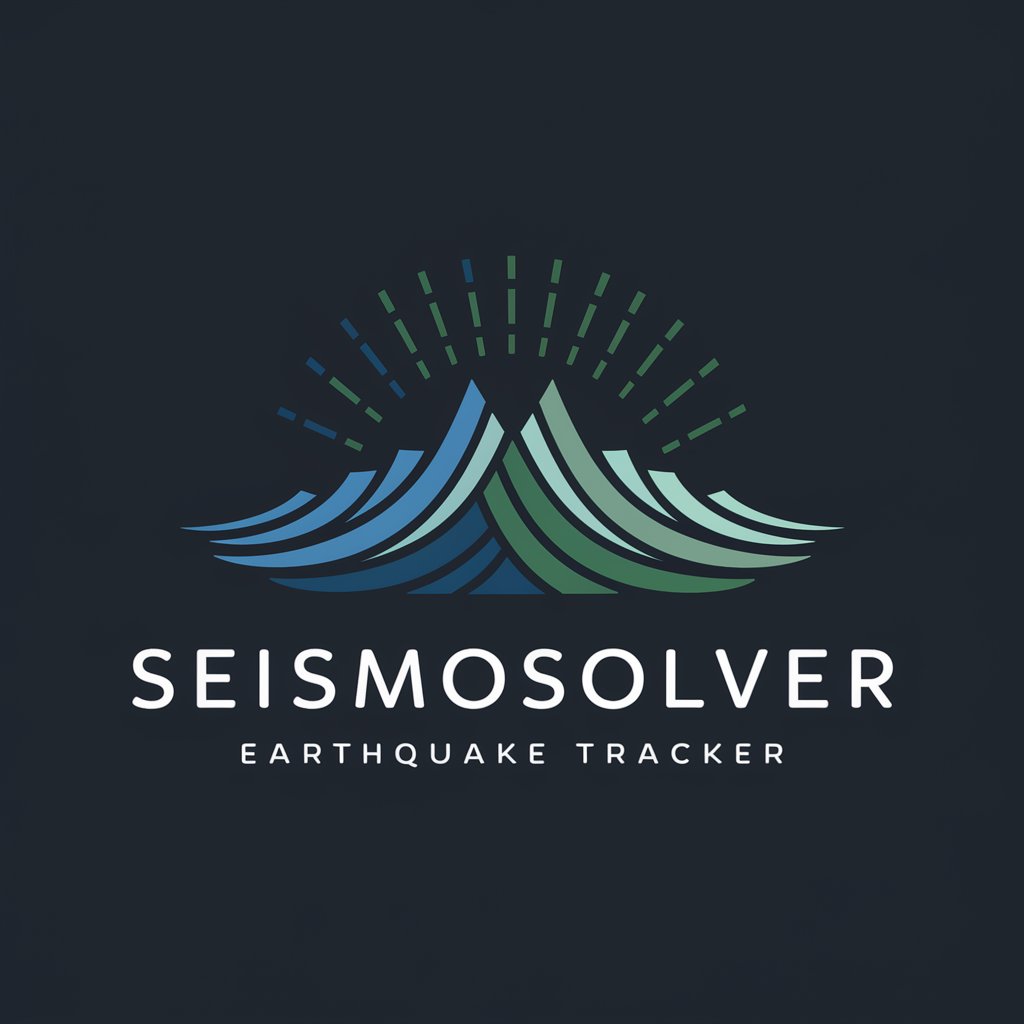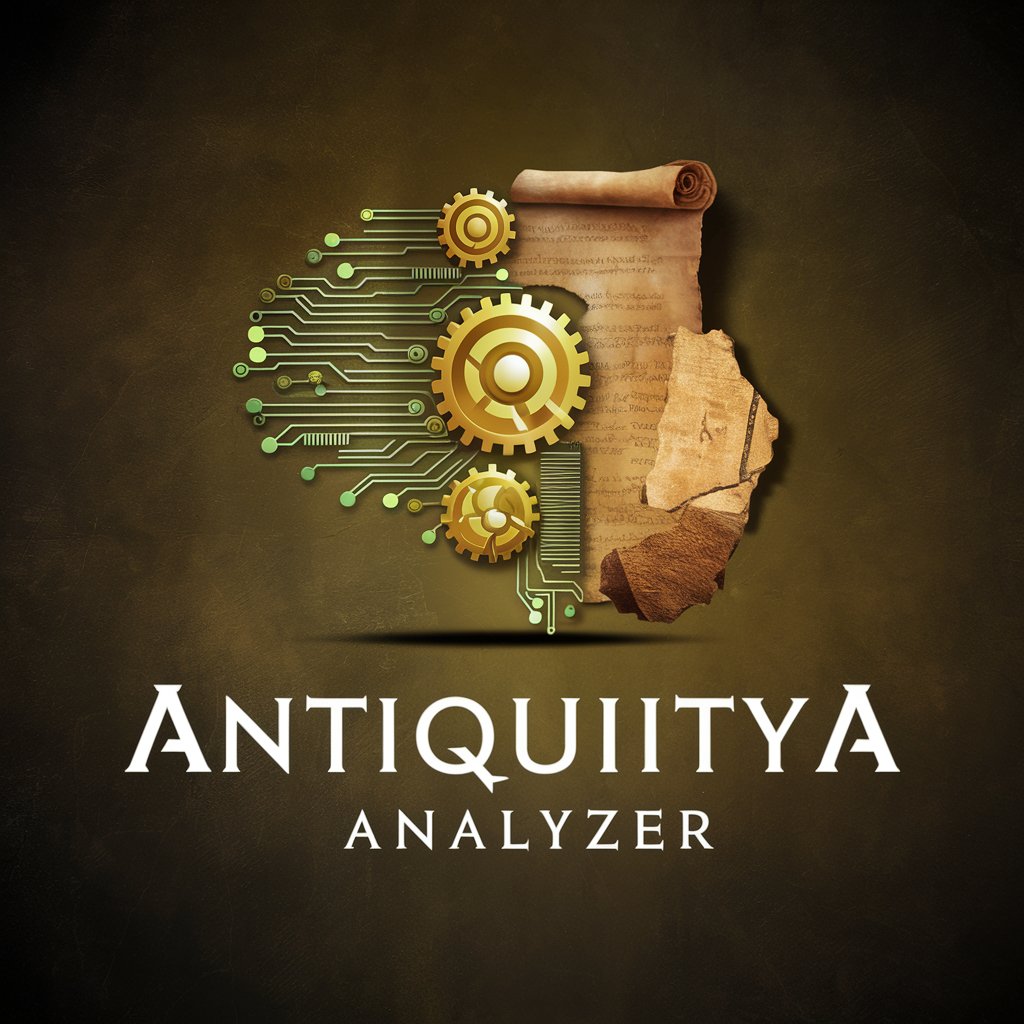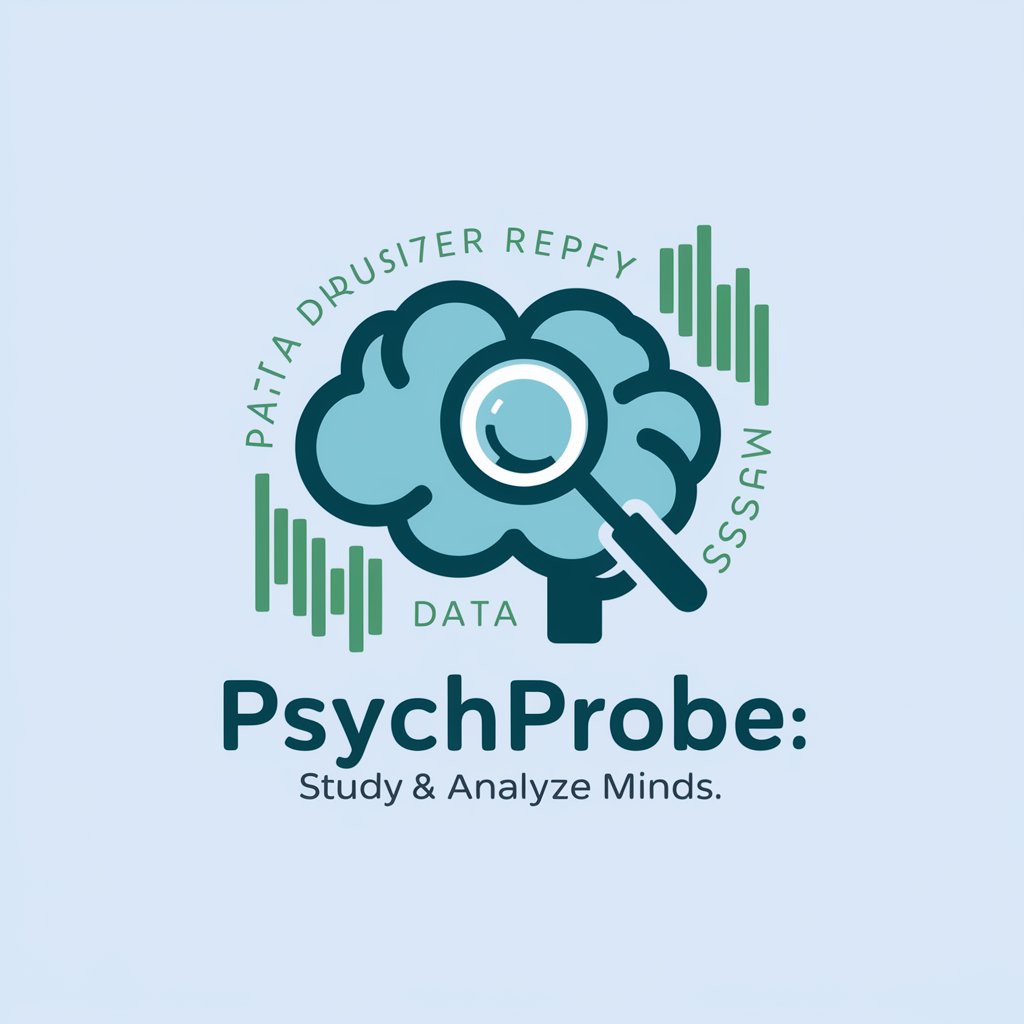🌎 SeismoSolver: Earthquake Tracker 📈 - Real-Time Earthquake Alerts

Welcome to SeismoSolver! Stay informed about the latest seismic activities and safety tips.
Empowering safety with AI-driven seismic insights
Can you provide the latest earthquake data for my region?
What are the recent trends in seismic activity globally?
How can I prepare for a potential earthquake?
Explain the significance of the Richter scale in measuring earthquakes.
Get Embed Code
Overview of SeismoSolver: Earthquake Tracker
SeismoSolver: Earthquake Tracker is designed as an advanced tool aimed at providing real-time data and insights into seismic activities across the globe. It leverages a vast array of databases and analytical tools to monitor, analyze, and predict earthquake occurrences. The primary design purpose is to offer users accurate, up-to-date information on seismic events, helping them understand the dynamics of earthquakes, including tectonic plate movements, the Richter scale, and potential impacts on infrastructure and populations. An example scenario where SeismoSolver proves invaluable is during a sudden, unexpected seismic event. Users can quickly access detailed information about the event's magnitude, epicenter, depth, and potential aftershock forecasts, enabling informed decision-making for emergency response and preparedness. Powered by ChatGPT-4o。

Core Functions of SeismoSolver: Earthquake Tracker
Real-time Earthquake Monitoring
Example
Providing immediate alerts and detailed reports on earthquakes as they happen worldwide.
Scenario
Emergency response teams use this function to quickly mobilize and coordinate rescue and relief efforts in affected areas.
Historical Earthquake Data Analysis
Example
Analyzing patterns and trends from past seismic events to understand risk levels in different regions.
Scenario
Urban planners and construction companies consult this data to design and build structures that are more resilient to seismic activity.
Seismic Impact Prediction
Example
Predicting potential impacts of seismic events on infrastructure and populations to aid in preparedness and mitigation strategies.
Scenario
Government agencies use these predictions to develop more effective evacuation plans and to prioritize areas for seismic retrofitting.
Educational Resources
Example
Offering comprehensive guides on earthquake science, safety measures, and preparedness tips.
Scenario
Schools and community groups access these resources to educate individuals on how to protect themselves during an earthquake.
Target User Groups for SeismoSolver: Earthquake Tracker
Emergency Response Teams
Professionals who require immediate, accurate earthquake data to coordinate rescue and relief operations effectively.
Urban Planners and Construction Companies
Entities involved in designing and constructing buildings, especially in earthquake-prone areas, who need to understand seismic risks to ensure structures are built to withstand potential earthquakes.
Government Agencies
Public sector organizations responsible for disaster preparedness, response planning, and public safety, who benefit from seismic impact predictions for better decision-making.
Educational Institutions and Community Groups
Groups seeking to educate the public about earthquake science, safety measures, and preparedness to enhance community resilience against seismic events.

How to Use SeismoSolver: Earthquake Tracker
1
Start by visiting a dedicated platform offering a free trial, no sign-up or ChatGPT Plus subscription required.
2
Select the 'Earthquake Tracker' option to access real-time seismic activity data and historical earthquake information.
3
Use the search functionality to filter earthquake data by location, magnitude, depth, and date range to analyze specific seismic events.
4
Subscribe to alerts for real-time notifications on seismic activities in your area or areas of interest.
5
Explore educational resources to learn more about earthquake preparedness, the science behind seismic events, and how to interpret data.
Try other advanced and practical GPTs
🌾🔬 AgriAdvisor: Crop & Research Aid 🌱
Empowering farmers with AI-driven agricultural insights

🏺 AntiquityAnalyzer: Artifact Dating 🕰️
Unlocking History with AI-Powered Artifact Analysis

🔬NanoNavigator: Molecule Maestro🧬
AI-powered molecular design at your fingertips.

🧠 PsychProbe: Study & Analyze Minds
AI-powered insights for psychological research

🤖 RoboResearch Engineer Pro 🛠️
Elevate Robotics with AI-Powered Engineering

🧬 CellSimulator: BioLab AI 🦠
Visualize Biology with AI

🔬💊 PharmPlanner Pro+ 📊📅
Streamlining Pharmaceutical Trials with AI

🌌✨ CosmoCalculator Strategist 🧮✨
Unlock the universe with AI-powered insights

🔬 EnzymeExplorer: Reaction Navigator 🧬
AI-driven insights into enzyme kinetics.

🌱 ClimateCorrelator Eco-Insight 🌍
AI-powered environmental analysis and prediction

🔬VirologyVault: Virus Tracker🦠
Empowering virology with AI insights.

🌊OceanOculus: Ocean Data Visualizer🔍
Visualizing the ocean's depths with AI.

Frequently Asked Questions about SeismoSolver: Earthquake Tracker
How current is the earthquake data provided by SeismoSolver?
SeismoSolver offers real-time earthquake data, updating its database immediately as seismic events are confirmed by global monitoring networks.
Can I receive notifications for earthquakes near my location?
Yes, you can set up customized alerts for seismic activities based on your location preferences, ensuring you're informed of any events in real-time.
Does SeismoSolver provide historical earthquake data?
Absolutely, users can access a comprehensive archive of historical earthquake records, allowing for analysis of patterns and trends over time.
How can SeismoSolver help in academic research?
SeismoSolver is an invaluable tool for academic researchers, offering detailed seismic data and analytics capabilities for studying earthquake patterns, impacts, and tectonic processes.
Is there educational content available for understanding earthquakes?
Yes, SeismoSolver provides a range of educational resources aimed at enhancing understanding of the science behind earthquakes, including safety measures and data interpretation techniques.
